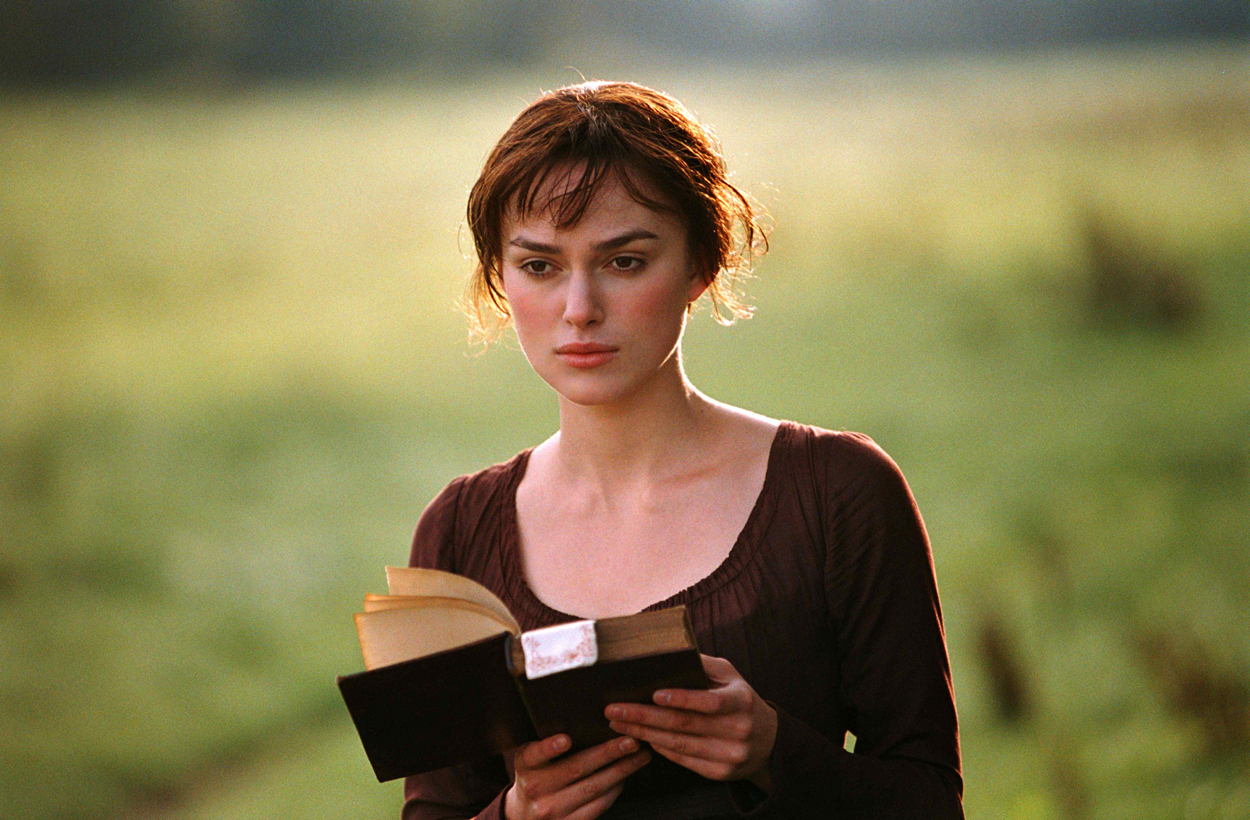I haven’t really been able to live up to my weekly blogging schedule since the school term started so I can only say from here out to do my best to post every now and again. Although the majority of my reading life right now is what my professors have put on my syllabi so we’re going to take more of an academic turn but I promise it will be fun!
One of the classes I’m taking this term just so happens to be dedicated to the lovely Jane Austen. At first, I figured I wouldn’t get any posts out of that class since reviews of all of her novels would be a bit much, but I have had the great fortune of being introduced to her manuscript works which have radically changed my mind! Young Austen’s early works are fascinating, entertaining, and worthy reads all around. You can see facsimiles of the original texts and read all of her manuscripts online for free courtesy of The Austen Fiction Manuscripts Project. Cool, right?
 |
| First page of The beautifull Cassandra |
Austen, like all great writers, had a lot of practice. A good deal of which she did from the tender age of 12 years old in the form of manuscripts. They are a lot of fun and you can see her starting to develop the conventions and plot patterns her novels are known for but with a brash, youthful perspective. Her critique of the upper class and what it means to be a lady is more overt in texts such as The beautifull Cassandra, dedicated to Austen’s eldest sister of the same name, who essentially steals a bonnet from her mother’s shop and goes out “seeking her fortune” by means of stealing from various working people and navigating the social graces of the upper class. Just thinking of a young Jane writing this delightful tale of consequence-less misadventure by a lady brings a smile to my face. It’s hilarious.
You can see the roots of multi-character novels like Emma in the form of Jack and Alice, which really has little to do with either Jack or Alice and more to do with the interesting Lucy and male love interest Charles Adams taking the forefront halfway through. There’s a masquerade, heartbreak, virtuous ladies, and a couple of drunkards; all the makings of great fiction.
Seeing the early works of an author is always a refreshing reminder that everyone has to start somewhere. It’s also really impressive considering what age Austen was writing at. When I was about that age I was reading Judy Blume and composing significantly less memorable works…
Her manuscripts contain biting social commentary, experimentation with the idea of ‘adventure’, and mockery of socially constructed romance. They’re a great read for any Austen fans or people who enjoy regency romances in general.

